Abarth 500 595 695 vs Citroen Jumper – Differences & prices compared
Everyday use, family trips or long-distance drives – here’s where the differences show.
Discover whether Abarth 500 595 695 or Citroen Jumper fits your lifestyle better.
Costs and Efficiency:
When it comes to price and running costs, the biggest differences usually appear. This is often where you see which car fits your budget better in the long run.
Abarth 500 595 695 has a significantly advantage in terms of price – it starts at 32600 £, while the Citroen Jumper costs 55100 £. That’s a price difference of around 22518 £.
In terms of energy consumption, the advantage goes to the Abarth 500 595 695: with 17.10 kWh per 100 km, it’s significantly more efficient than the Citroen Jumper with 26.20 kWh. That’s a difference of about 9.10 kWh.
As for range, the Citroen Jumper performs clearly perceptible better – achieving up to 424 km, about 159 km more than the Abarth 500 595 695.
Engine and Performance:
Under the bonnet, it becomes clear which model is tuned for sportiness and which one takes the lead when you hit the accelerator.
When it comes to engine power, the Citroen Jumper has a decisively edge – offering 279 HP compared to 155 HP. That’s roughly 124 HP more horsepower.
In terms of top speed, the Abarth 500 595 695 performs to a small extent better – reaching 155 km/h, while the Citroen Jumper tops out at 130 km/h. The difference is around 25 km/h.
There’s also a difference in torque: Citroen Jumper pulls significantly stronger with 410 Nm compared to 235 Nm. That’s about 175 Nm difference.
Space and Everyday Use:
Cabin size, boot volume and payload all play a role in everyday practicality. Here, comfort and flexibility make the difference.
Seats: Abarth 500 595 695 offers noticeable more seating capacity – 4 vs 3.
In curb weight, Abarth 500 595 695 is significantly lighter – 1410 kg compared to 2865 kg. The difference is around 1455 kg.
In maximum load capacity, the Citroen Jumper performs convincingly better – up to 17000 L, which is about 16450 L more than the Abarth 500 595 695.
When it comes to payload, Citroen Jumper convincingly takes the win – 1385 kg compared to 385 kg. That’s a difference of about 1000 kg.
Who wins the race?
The Citroen Jumper proves to be leaves the rival little chance and therefore becomes our DriveDuel Champion!
Citroen Jumper is the better all-rounder in this comparison.

Citroen Jumper
Abarth 500 595 695
The Abarth 500, particularly in its 595 and 695 renditions, captures the spirit of Italian motoring with its compact yet aggressive design. Known for its lively performance and distinctive styling, this little powerhouse is a joy to drive, offering an engaging experience that appeals to enthusiasts. With its rich motorsport heritage, the Abarth 500 embodies the essence of fun and excitement on both the streets and the race track.
details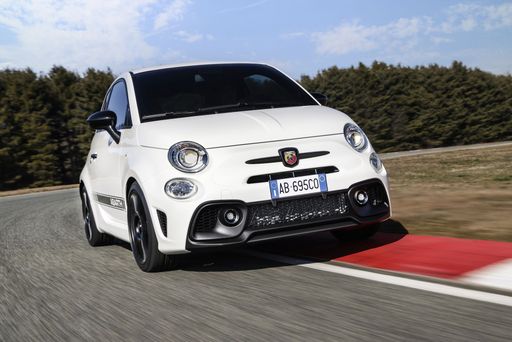 @ Abarth / Stellantis Media
@ Abarth / Stellantis Media
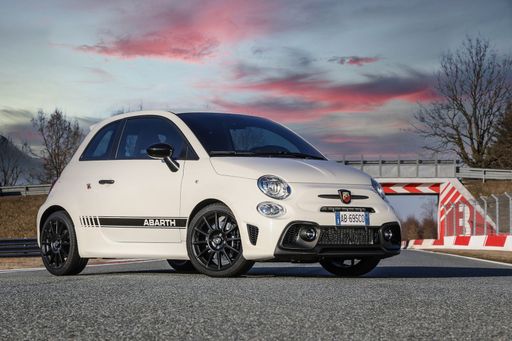 @ Abarth / Stellantis Media
@ Abarth / Stellantis Media
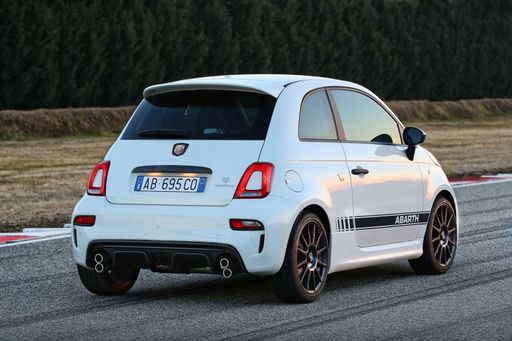 @ Abarth / Stellantis Media
@ Abarth / Stellantis Media
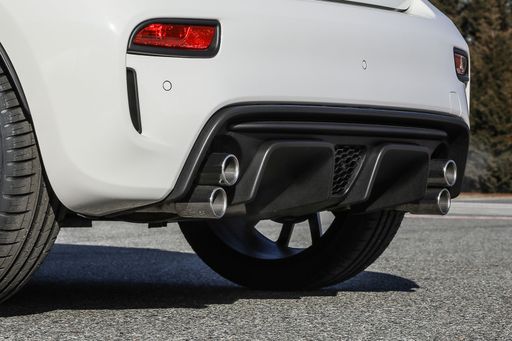 @ Abarth / Stellantis Media
@ Abarth / Stellantis Media
 @ Abarth / Stellantis Media
@ Abarth / Stellantis Media
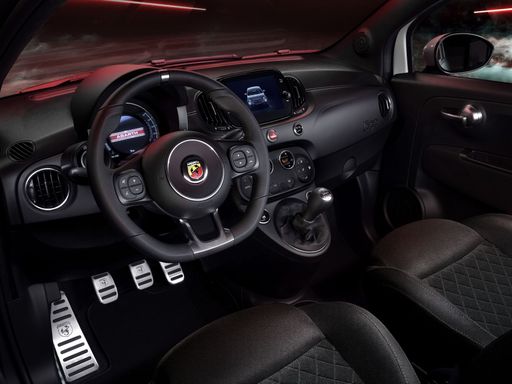 @ Abarth / Stellantis Media
@ Abarth / Stellantis Media
Citroen Jumper
The Citroen Jumper impresses with its robust design and exceptional versatility, making it a popular choice for both business and leisure purposes. Its spacious interior is thoughtfully designed to maximise comfort and practicality, providing ample room for passengers and cargo alike. With a smooth driving experience and a range of advanced safety features, the Jumper is well-equipped to handle the demands of modern motoring.
details
 @ Abarth / Stellantis Media
@ Abarth / Stellantis Media
|
|
|
|
|
Costs and Consumption |
|
|---|---|
|
Price
32600 - 39400 £
|
Price
55100 - 57800 £
|
|
Consumption L/100km
-
|
Consumption L/100km
-
|
|
Consumption kWh/100km
17.1 - 18.8 kWh
|
Consumption kWh/100km
26.20 kWh
|
|
Electric Range
242 - 265 km
|
Electric Range
424 km
|
|
Battery Capacity
37.80 kWh
|
Battery Capacity
97.80 kWh
|
|
co2
0 g/km
|
co2
0 g/km
|
|
Fuel tank capacity
-
|
Fuel tank capacity
-
|
Dimensions and Body |
|
|---|---|
|
Body Type
Hatchback
|
Body Type
Cargo Van
|
|
Seats
4
|
Seats
3
|
|
Doors
3
|
Doors
4
|
|
Curb weight
1410 - 1435 kg
|
Curb weight
2865 - 2940 kg
|
|
Trunk capacity
185 L
|
Trunk capacity
-
|
|
Length
3673 mm
|
Length
5998 - 6363 mm
|
|
Width
1682 mm
|
Width
2050 mm
|
|
Height
1518 mm
|
Height
2612 - 2850 mm
|
|
Max trunk capacity
550 L
|
Max trunk capacity
13000 - 17000 L
|
|
Payload
370 - 385 kg
|
Payload
560 - 1385 kg
|
Engine and Performance |
|
|---|---|
|
Engine Type
Electric
|
Engine Type
Electric
|
|
Transmission
Automatic
|
Transmission
Automatic
|
|
Transmission Detail
-
|
Transmission Detail
Reduction Gearbox
|
|
Drive Type
Front-Wheel Drive
|
Drive Type
Front-Wheel Drive
|
|
Power HP
155 HP
|
Power HP
279 HP
|
|
Acceleration 0-100km/h
7 s
|
Acceleration 0-100km/h
-
|
|
Max Speed
155 km/h
|
Max Speed
90 - 130 km/h
|
|
Torque
235 Nm
|
Torque
410 Nm
|
|
Number of Cylinders
-
|
Number of Cylinders
-
|
|
Power kW
114 kW
|
Power kW
205 kW
|
|
Engine capacity
-
|
Engine capacity
-
|
General |
|
|---|---|
|
Model Year
2023
|
Model Year
2024
|
|
CO2 Efficiency Class
A
|
CO2 Efficiency Class
A
|
|
Brand
Abarth
|
Brand
Citroen
|
Is the Abarth 500 595 695 offered with different drivetrains?
The Abarth 500 595 695 is offered with Front-Wheel Drive.
The prices and data displayed are estimates based on German list prices and may vary by country. This information is not legally binding.
